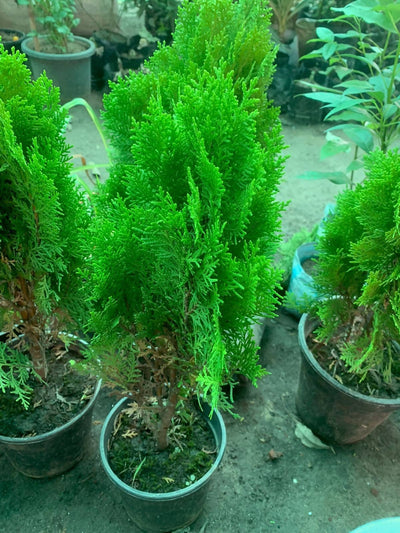Bottle palm
Bottle palm
He derives his name from the type of bottle shape of his trunk, yet his leaves resemble ones in the "regular" variety very much.
There are numerous indoor and outdoor uses. While the majority demand heat, several kinds have evolved to tolerate cooler temperatures.
Every fallen or plucked leaf from palm trees leaves a mark in the form of a circle or semicircle.
Planting and care
- To collect faster, place the barrel under a downspout from a roof gutter. Before utilizing a container of water to water any plants, it is advisable to let it rest out for at least 24 hours. Never leave the roots submerged in water.
Sunlight - full sun- part sun
Watering - Bottles are fairly drought-tolerant once established, though a regular watering keeps them looking their best.
Soil - This plant requires well drained soil. Soil potting mixture for this plant should generally contain 40 % cocopeat, 40 vermicompost and 20 % local garden soil
Temperature - minimum temp 34F
Fertilizer - Bottle palm tree care is to fertilize it with a water-soluble plant food. Use a palm fertilizer with minerals, specifically for them. These are the minerals that they really need, not the ones from the city, ground or rainwater.
Bottle Palm Uses
- Due to their sluggish growth, small root balls, ease of maintenance, and all-around appealing appearance, they do make excellent potted palms.
Medicinal Use:
- Oil producing plantations
Culinary Use:
- A shade-giving material made of paper that can be used on a hot Caribbean beach.
Note
Images are only for reference; the actual product may differ in shape and size.
The product is replaceable but non-returnable.


